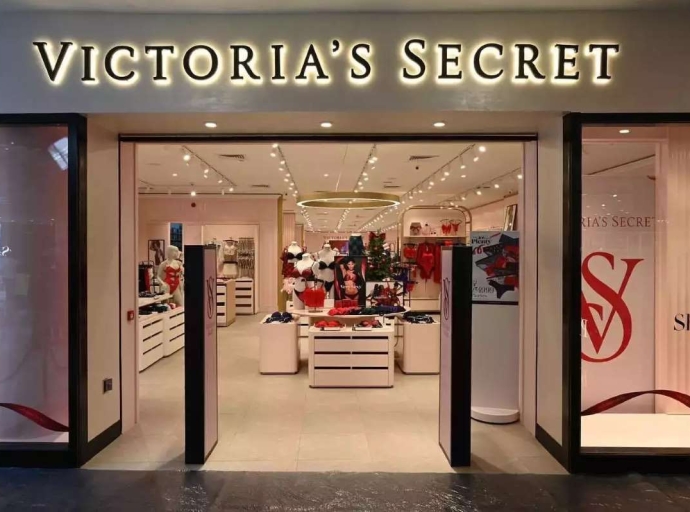Held from Mar 07-08, 2024, at the St Regis Hotel in Mumbai, the 4th edition of the FEF India Fashion Awards (FEF IFA) 2024 x WION focused on sustainable fashion.
The event was inaugurated by esteemed figures including Sa'ad Al Qaddumi, President, World Crafts Council-International; Dr Darlie Koshy, former Chairperson, NIFT and a prominent figure in the fashion industry; Sanjay Nigam, Founder, FEF India Fashion Awards; Vinod Dugar, Co-promoter, RDB Group and Honorary Consul of the Republic of Malawi; and Neeva Jain, Chief Public Relations Officer, FEF IFA.
The inaugural day witnessed engaging discussions and panels under the theme of 'Fashion for Good,' focusing on the intersection of sustainability, culture, and innovation in fashion. Celebrities like the talented actor Tamannaah Bhatia, and renowned fashion designer and actor, Masaba Gupta provided their insights and perspectives at the event.
Vaghish Pathak, Chairman, FEF India Fashion Awards, highlighted the role of small artisans and craftsmen in preserving heritage while Nigam emphasised on the event's mission to promote sustainable fashion and provoke meaningful change in the industry.
Sa'ad Al-Qaddumi, President, World Crafts Council, commended the industry's readiness for a sustainable shift, echoing the need for responsible fashion that respects the environment and cultural heritage.
Koshy emphasised on the need for innovation in creating a sustainable fashion ecosystem, from production to consumption.
Bhatia reflected on the evolving role of fashion in self-expression and individuality, emphasising the importance of making conscious choices.
Gupta shared insights into her brand's sustainable practices, highlighting efforts to repurpose waste fabric and implement recycling systems.
Presented by Pepsi, the event aimed to celebrate and reshape the future of fashion, emphasising sustainability, innovation, and cultural preservation.


































